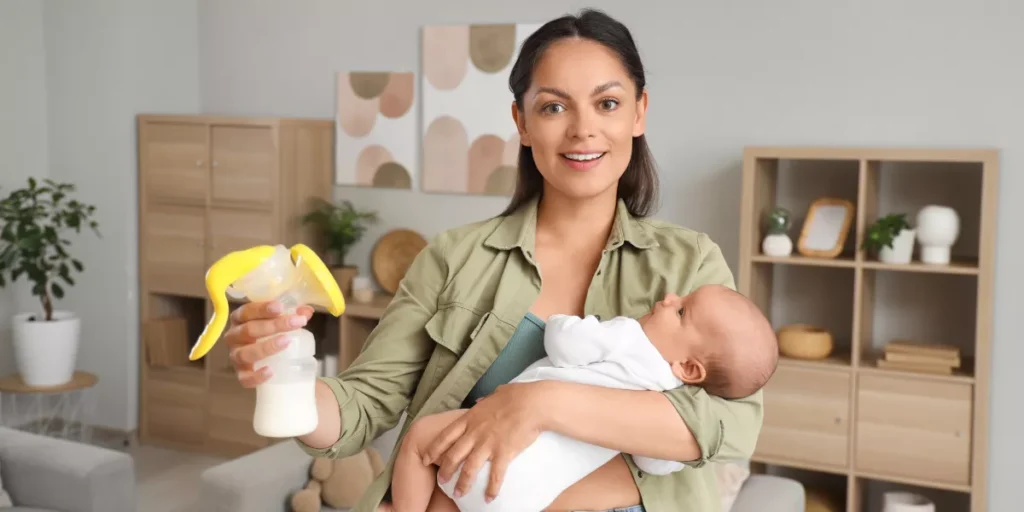
When it comes to starting your baby on solids, navigating the process can feel overwhelming at first. However, with a well-thought-out plan in place, you can smoothly transition your little one to solid foods. By following a step-by-step guide tailored to your baby’s needs, you’ll be equipped to handle any challenges that may arise along the way. So, let’s begin this journey together, ensuring your baby gets off to a healthy start with their culinary adventures.
Choosing the Right First Foods
When starting your baby on solid foods, opt for single-ingredient purees to introduce them to new flavors and textures. Simple foods like mashed bananas, steamed carrots, or pureed sweet potatoes are excellent choices for their first foods. These single-ingredient purees help you monitor for any possible allergies or intolerances.
After introducing these single-ingredient purees and ensuring there are no adverse reactions, you can start mixing different ingredients to create new flavors. Mixing flavors like apple and pear or sweet potato and peas can provide a variety of tastes for your baby to explore. Remember to introduce one new ingredient at a time to easily pinpoint any potential allergies.
As your baby gets older and more accustomed to solids, you can gradually increase the variety of foods and textures. This gradual introduction helps in developing their palate and ensures they’re getting a balanced diet. By starting with single-ingredient purees and slowly progressing to more complex combinations, you’re setting a solid foundation for healthy eating habits in the future.
Establishing a Feeding Schedule
To ensure a consistent and balanced intake of nutrients, it’s essential to establish a structured feeding schedule for your baby. Begin by offering solids once a day, ideally at a time when your baby is alert and not too hungry. As your baby gets used to solids, gradually increase to two or three meals a day. It’s important to be patient during this process as your baby learns to eat solid foods.
When introducing new foods, wait a few days before introducing another to monitor for any allergic reactions or digestive issues. Keep track of what your baby eats and how they react to different foods. This can help you identify any potential sensitivities or allergies.
Create a calm and positive feeding environment by eliminating distractions and allowing your baby to explore different textures and tastes at their own pace. Remember, every baby is unique, so be flexible and responsive to your baby’s cues. By establishing a feeding schedule tailored to your baby’s needs, you can promote healthy eating habits from the start.
Identifying Signs of Readiness
Look for cues that your baby is ready to start exploring solid foods. It’s essential to pay attention to signs that indicate your little one is prepared for this new feeding adventure. One of the first signs of readiness is when your baby can hold their head up steadily and sit upright with minimal support. This is crucial for safe swallowing and digestion of solid foods.
Additionally, watch for your baby showing interest in the food you’re eating. If they start reaching out for your food or seem curious about what you’re consuming, it might be a sign that they’re ready to try solids. Another indicator is when your baby has doubled their birth weight and is around four to six months old. At this age, most babies have developed the necessary motor skills and are more likely to handle solid foods.
Keep an eye out for these cues to ensure a smooth transition to introducing solids when your baby is ready.
Introducing Solids in the Right Order
Begin with a gradual introduction of single-ingredient, pureed foods to your baby’s diet, starting with easily digestible options such as iron-fortified cereals or pureed fruits and vegetables. These foods are gentle on your baby’s developing digestive system and help them get used to the new textures and flavors. Start with a small amount once a day and gradually increase as your baby shows interest and tolerates the new foods.
Introducing solids in the right order is crucial for your baby’s nutrition and development. After introducing cereals, you can progress to pureed meats, legumes, and other vegetables like sweet potatoes and squash. These choices provide essential nutrients like protein, iron, and vitamins necessary for growth. As your baby gets accustomed to different flavors, you can introduce a variety of fruits like apples, pears, and bananas. Remember to wait a few days between introducing new foods to watch for any signs of allergies or sensitivities. By following this gradual approach, you can ensure a smooth transition to solid foods for your little one.
Progressing to Advanced Textures
Transitioning your baby to advanced textures can open up a world of new tastes and experiences in their journey of solid food exploration. As your little one becomes more comfortable with basic purees and soft foods, it’s time to gradually introduce them to more complex textures.
Start by offering mashed or minced foods that have small soft lumps. This will help your baby practice chewing and develop their oral motor skills.
Once your baby masters the mashed textures, you can progress to soft solids like small, bite-sized pieces of fruits, vegetables, or pasta. These foods will encourage your baby to use their gums and teeth, further enhancing their feeding abilities. Introduce a variety of textures to stimulate their senses and prevent food aversions in the future.
Remember to supervise your baby closely during meals to prevent choking hazards. Avoid foods that are hard, small, sticky, or round to minimize the risk. By gradually introducing advanced textures, you can support your baby’s developmental milestones and create positive associations with food.
Trending Products














